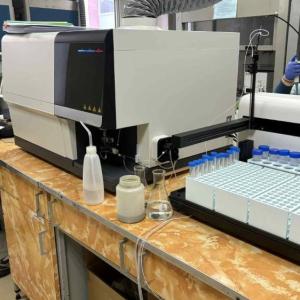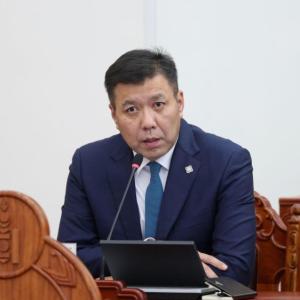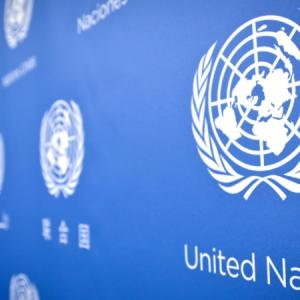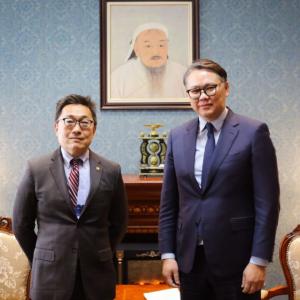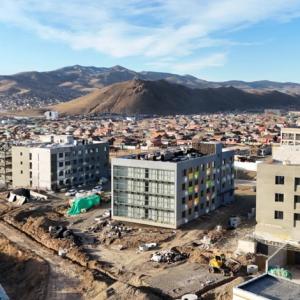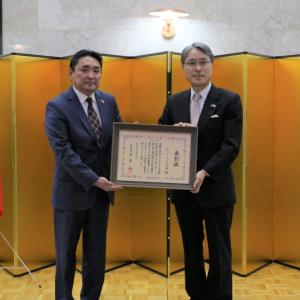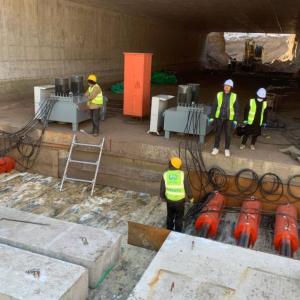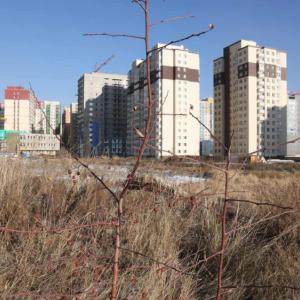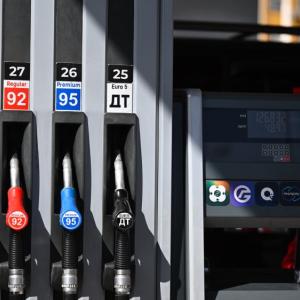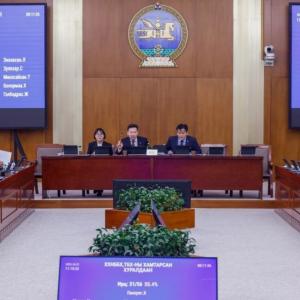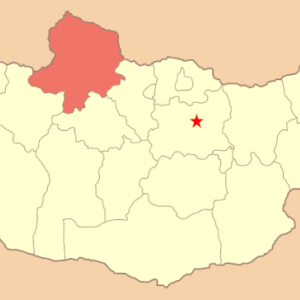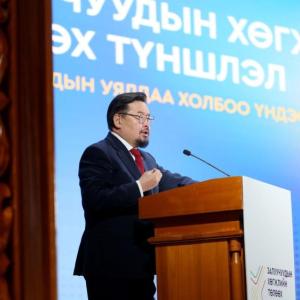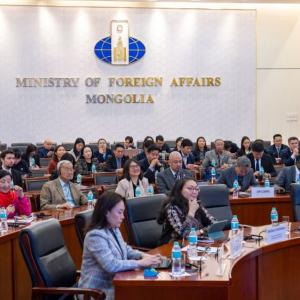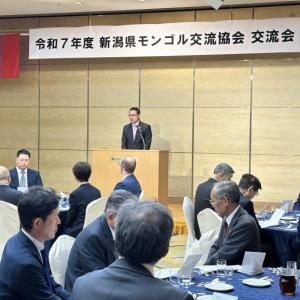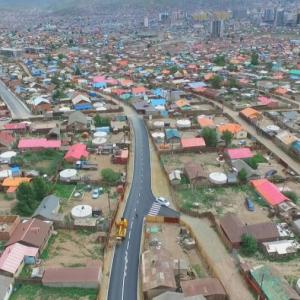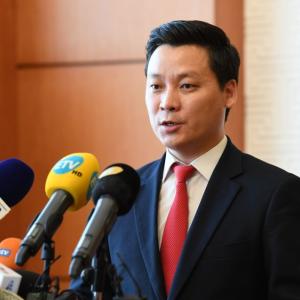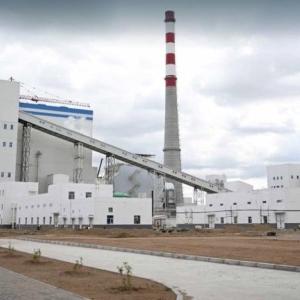A step towards energy independence: Chargait Hydropower Plant
Development Projects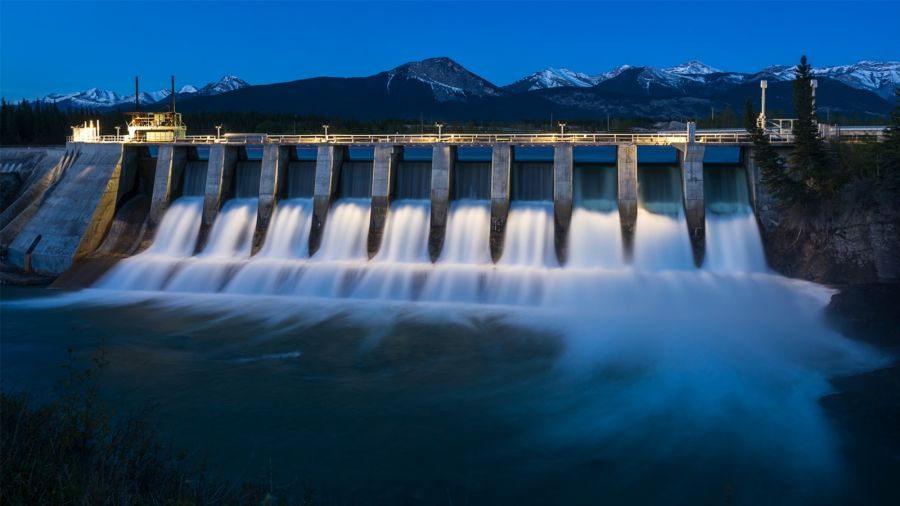
Ulaanbaatar /MONTSAME/. For the very first time, discussions have begun to take place for establishing a hydropower plant in Mongolia with the investment of private entities. The plant in question is the Chargait Hydropower Plant that is currently being planned to be built near one of the largest rivers of Mongolia - the Delgermurun River located 28 km from Tosontsengel soum, and 50 km from the centre of Khusvgul aimag.
However, the Chargait HPP project is not a completely new project that was recently launched. Corresponding studies began to be carried out in 2008, and its feasibility study was conducted by Mongolian scholars in 2012. After five years in 2017, the Energy Regulatory Commission of Mongolia issued the special permission for constructing the hydropower plant, and the Ministry of Environment and Tourism also did a general assessment for the plant. As 13 years have already passed while making contact with investors and discussing cooperation with construction companies, it became necessary to conduct a new feasibility study. Currently, the ‘Chargait Hydropower Plant’ company is working to have the project acknowledged by international financial organisations.

Delgermurun River - Tumurbulag soum, Khuvsgul aimag
With a capacity of 24.6 megawatts, the hydropower plant is expected to have a significant role in supplying energy for not only the local area, but also in the Central Energy System. By operating at only half of its full capacity, it will be able to fully supply the electricity demand in Mongolia’s most populous aimag - Khuvsgul, explained the project team.
As the country’s population continues to grow rapidly, the issue concerning the supply of energy from a reliable source is becoming that much of an important issue. Mongolia is considered as one of the countries with energy systems that are heavily reliant on coal. The energy sector produces two thirds of the greenhouse gases being produced in the country, which also has an impact on public health due to its contribution to air pollution. It is apparent that the aforementioned statistics will continue to grow if we are not able to take the correct step by finding an environmentally friendly solution. And it is for this exact reason that special attention needs to be paid to the renewable energy sector.
Currently, the country produces 80 percent of its demand for electricity, while importing the rest from its two neighbours. Over 90 percent of the domestically produced energy is made up of thermal power plants that run on coal. In contrast, energy produced by hydropower plants has yet to make up a single percent.
Alongside making its own contributions to domestic energy production, the Chargait Hydropower Plant will play a crucial role in having a positive effect on local infrastructure, increasing job opportunities, reducing greenhouse gases, and in keeping ecological balance and rehabilitation. By storing flood water partially or fully, it also reduces the potential danger of flooding and creates a more favourable weather condition for the area as the level of humidity will increase due to the reservoir.

Location of the Chargait Hydropower Plant
Aside from becoming a global trend, reducing coal-based energy production has become a part of the development policies for various countries. And it is good news that private entities have begun to make their contributions to diversifying energy production in the country. Works to attract investors to the Chargait Hydropower Plant project and select contractor companies specialised in the field are currently underway.
A part of the plan to fully supply the domestic demand for energy and eliminate the sector’s dependence will be met following the launch of the Chargait Hydropower Plant’s operations. Currently, 11 small hydropower stations are operated during warmer seasons due to weather conditions, and two medium-scale hydropower plants - Taishir Hydropower Plant and Durgun Hydropower Plant are producing energy within its capacity all-year round.
Included in the country’s plans for development, the Chargait Hydropower Plant will help balance the load of the ever-increasing electricity demand for 60 years according to currently available studies.
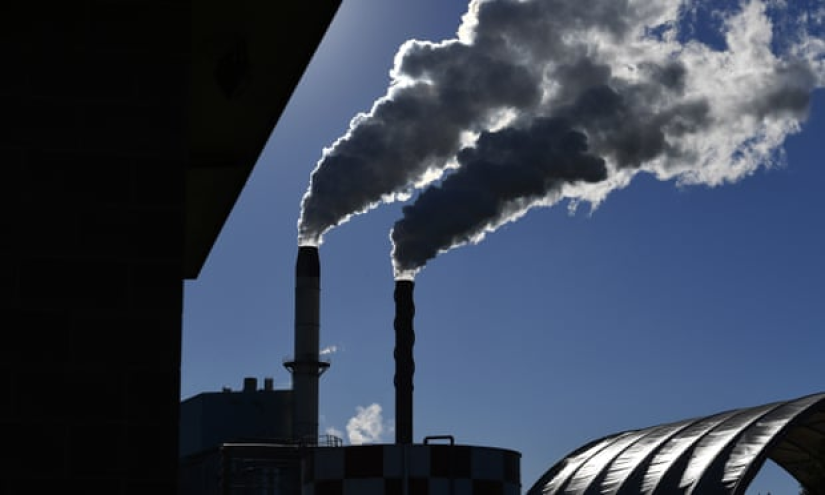
To reach the objective of reducing greenhouse gases by 14 percent by 2030, Mongolia is paying a fair bit of attention to replacing the current method of coal-based energy production with renewable energy. One of the top solutions for producing energy without the emission of greenhouse gases is hydropower plants. And for this exact reason, the Government of Mongolia has announced that the construction of energy production structures based on nuclear energy and hydrogen will be supported by state policy. In fact, the government will implement a comprehensive policy supporting the launch of large-scale hydropower plants and increasing the sector’s role in the economy in order to fully supply the domestic demand for energy. Each year, the country spends over MNT 400 billion on importing energy. The mining company, Oyu Tolgoi alone sources power amounting to USD 110-120 million from China.
Considering the ever-increasing energy consumption as well as its economic impact, many sources of energy production are required for Mongolia. With all thermal power plants based on raw coal, and a large percentage of households in the capital city using refined fuel for heating, it is absolutely necessary for Mongolia to diversify its energy sources. On top of the significant imbalance between the production capacity and demand for heating and electricity, the current situation with thermal power plants having to halt operations time and time again demands the establishment of new energy sources. Attracting foreign investment and fully supplying the domestic demand - the renewable energy sector also needs to have a long-term plan for exporting energy. And a part of that plan would be realised with the implementation of the Chargait Hydropower Plant project.
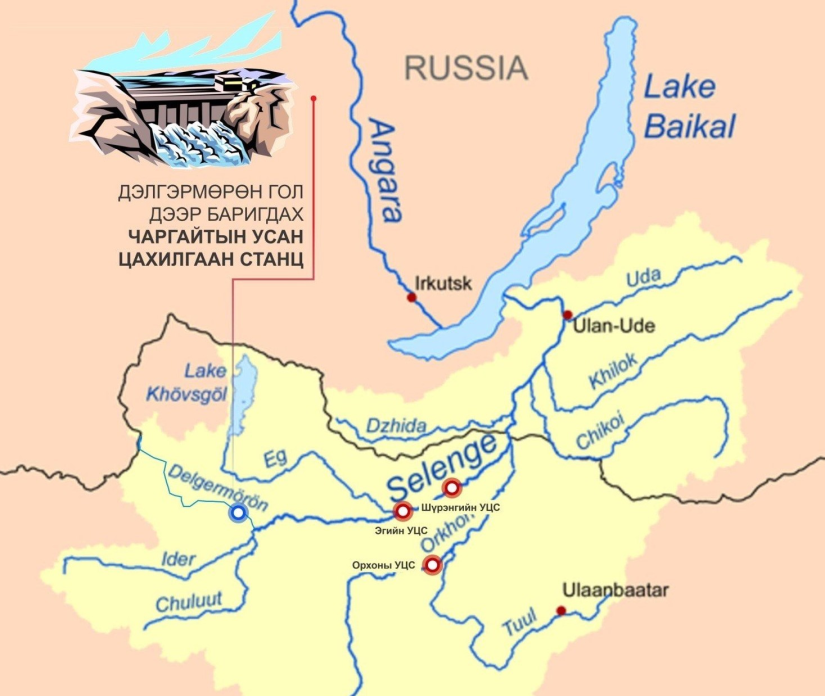
By G.Urantuya
 Ulaanbaatar
Ulaanbaatar












